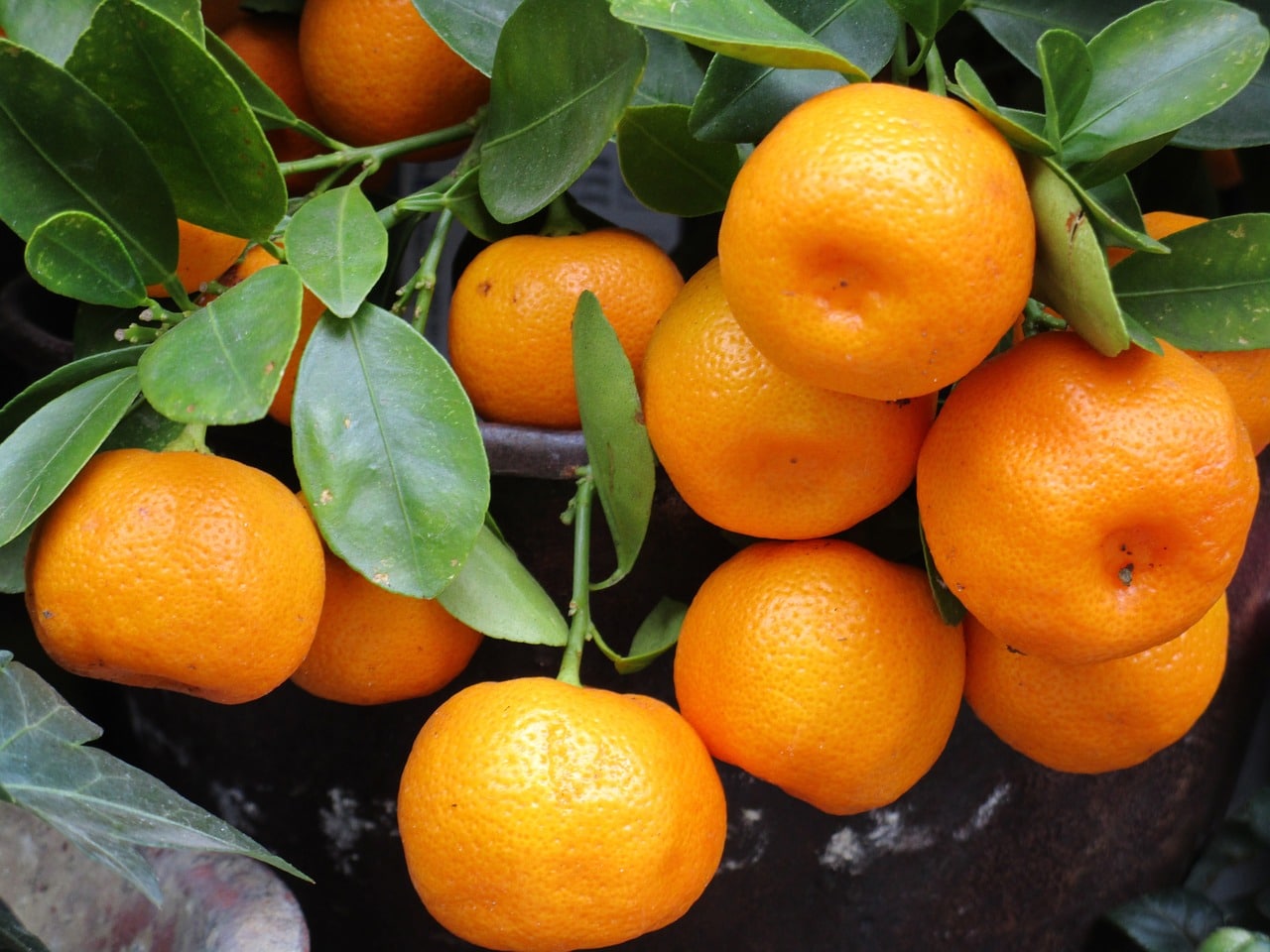2019 has been a tough year for growers. Heavy rains and flooding throughout the Central Plains and Midwest have made planting extremely difficult, resulting in a significant increase in the number of prevented planting acres above the average. Many growers are looking to alternatives to protect their soil and possibly provide additional income, such as planting cover crops or planting for sileage. Whether a grower intends to plant seed that is expressly sold for use as a cover crop or intends to use seeds such as corn and soybean as a cover crop or for sileage, they should make sure they review their seed contract obligations as well as any patent or Plant Variety Protection (PVP) rights associated with the seed.
In my travels, I have been asked a number of times, “Is it ok if I go to the local bin and grab some beans or corn to plant as a cover crop if the beans or corn are protected by a patent or by PVP? I’m just using the seed for grazing or hay. I’m not going to harvest the seed.”
This is an interesting but complex scenario, so let’s take a look at it step-by-step.
The important term in this scenario is the word “USING.” For context, a patent in the United States allows the owner of the patent to prevent others from making, using, offering for sale and selling or importing the claimed invention. PVP protection, in general, also allows a PVP owner to restrict the making, use, marketing and sale of new varieties. “Brown bagging” or selling the saved seed for replanting is a violation of US PVP law. And of course, a seed variety in the United States may have both PVP and patent protection where both protections are administered. But in the case where a patent also covers a seed protected by PVP, saving seed is not allowed.
“A patent in the United States allows the owner of the patent to prevent others from making, using, offering for sale and selling or importing the claimed invention.”
It should also be noted that in addition to patent and/or PVP protection, many varieties of corn and soybean are also protected by contract. Two of the more common forms of contracts for seed varieties are bag/tag agreements and/or limited use agreements. “Bag/tag” agreements are contracts often placed on seed containers and/or invoices that typically restrict the use of the seed within the container once opened by the grower. “Limited use” agreements often require that seed from the variety can only be used to produce one commercial crop; it cannot be used for planting, nor can it be transferred or provided to any party for crop breeding, research or seed production.
In general, using bin run corn or soybean seed (previously harvested grain) for the planting of a cover crop or sileage is most likely going to be at least a contract violation as well as potentially a violation of patent and/or PVP rights, if the original seed was obtained through a limited use license and/or has patent protection and/or PVP protection.
In the case where seed is only protected by PVP rights, if the grower intends to plant bin run seed from the grower’s own holdings (i.e. it’s their bin), it may fall within an authorized use under PVP protection and may be used for a cover crop or sileage. However, a grower should still be mindful of any contract or patent rights also associated with the PVP protected seed.
Finally, in the case of prevented planting acres, if the seed that is planted for a cover crop or sileage is the same seed that was purchased and is not previously harvested seed, then the planting of a patented or PVP seed for a cover crop or sileage may be permitted, provided there are no contradictory contract terms.
How Do You Know?
- Talk to your seed dealer or seed company representative.
- Check the bag and tag labeling.
- Refer to your limited use/technology use agreement.
- Consult the seed company website.












